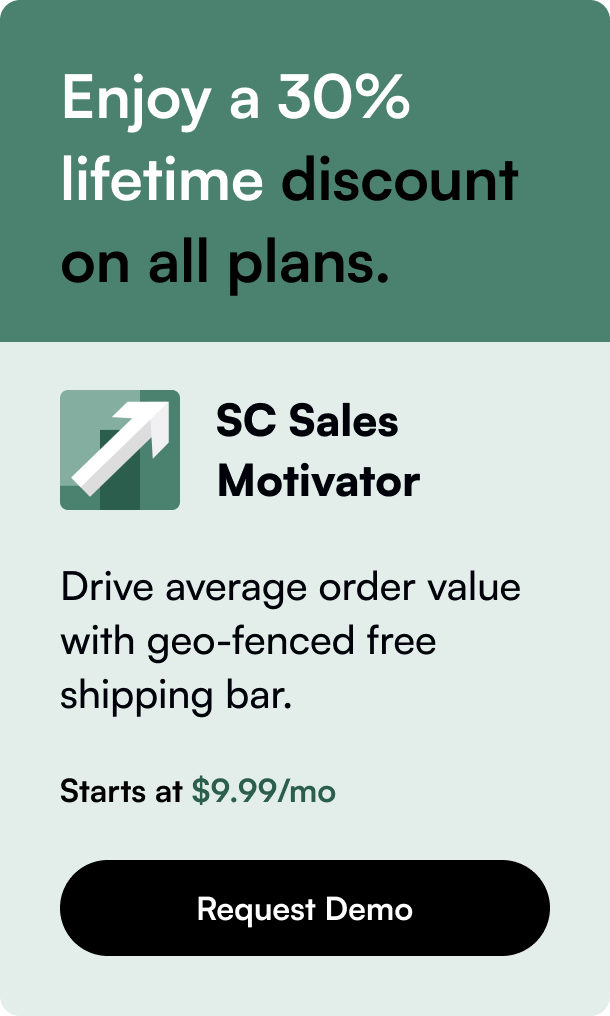Table of Contents
- Introduction
- Why Google Visibility Matters for Your Shopify Store
- Getting Started: The Basics of Shopify SEO
- Optimizing Your Shopify Store for Google
- Leveraging Blogging and Content Marketing
- FAQs
Introduction
Have you ever wondered why some online stores seem to effortlessly attract droves of visitors while yours remains unseen in the vast expanse of the internet? The answer often lies in visibility on the world's largest search engine: Google. As a Shopify store owner, ensuring your store appears on Google is crucial, not only for driving traffic but also for boosting sales. In this blog post, we'll dive deep into why it's essential to have your Shopify store indexed by Google, the steps to achieve it, and how to enhance your store's online presence. By the end of this guide, you'll be equipped with the knowledge and tools to increase your store's visibility on Google, attract more visitors, and convert them into loyal customers.
Why Google Visibility Matters for Your Shopify Store
Google is the gateway to the internet for billions of users. When your store appears in search results, it gains exposure to a vast audience actively looking for products like yours. Visibility on Google not only increases traffic but also adds credibility to your store. Users tend to trust websites that appear on the first page of Google search results, viewing them as more reliable and authoritative.
Getting Started: The Basics of Shopify SEO
Before we dive into how to get your Shopify store on Google, it's essential to understand the basics of SEO (Search Engine Optimization). SEO is the practice of optimizing your website to rank higher in search engine results. It involves various strategies, covering everything from the structure of your site to the content you publish.
Ensure Google Knows Your Store Exists
First things first, make sure Google is aware of your Shopify store. This can be done by submitting your website to Google using Google Search Console. Google Search Console is a free tool that helps you monitor and maintain your site's presence in Google Search results. By verifying your website with Google Search Console, you're essentially raising your hand to say, "Hey Google, my site exists!"
Sitemaps and Google Search Console
A sitemap is an XML file that lists all critical URLs for your site, making it easy for Google to crawl and index your pages. Shopify automatically generates a sitemap for your store, which you can submit to Google through the Google Search Console. This process ensures that all your store's pages are known to Google and can be indexed.
Optimizing Your Shopify Store for Google
Improve Page Loading Speed
Google prioritizes websites that provide a great user experience, and page loading speed is a significant factor. A slow-loading website can lead to a high bounce rate, as visitors tend to lose patience and leave. Utilize tools like Google’s PageSpeed Insights to analyze and improve your store’s loading times.
Mobile Optimization
With the majority of internet users accessing the web through mobile devices, having a mobile-friendly store is crucial. Google uses mobile-first indexing, meaning it predominantly uses the mobile version of your website for ranking and indexing. Ensure your Shopify theme is responsive and offers an excellent user experience on mobile devices.
High-quality, Relevant Content
Content is king in the world of SEO. Google aims to deliver the most relevant and helpful content to its users. By creating high-quality content that caters to your target audience’s needs and interests, you significantly increase your chances of ranking well on Google. This can include product descriptions, blog posts, tutorials, and more.
Utilize Keywords Strategically
Keywords are the terms and phrases that users enter into search engines. Incorporating these keywords into your content, product titles, descriptions, and meta tags can improve your visibility on Google. Conduct keyword research to identify the terms your target audience uses and integrate them naturally into your content.
Building Backlinks
Backlinks are links from other websites to your store. They signal to Google that others value your content, lending your site more authority and improving your SEO ranking. Focus on building quality backlinks through guest blogging, collaborations, and creating shareable content.
Leveraging Blogging and Content Marketing
Content marketing, particularly blogging, is a powerful tool to improve your Shopify store's SEO. Regularly posting relevant, valuable content can attract backlinks, engage visitors, and provide more opportunities to incorporate keywords. Blogging can position your store as an authority in your niche, building trust with your audience.
FAQs
1. How long does it take for my Shopify store to appear on Google?
It varies, but it can take a few days to a few weeks after submission for your site to be indexed by Google.
2. Why isn’t my Shopify store appearing on Google?
Common reasons include technical issues like incorrect robots.txt settings, lack of unique content, or Google has yet to crawl your site. Use Google Search Console to diagnose and address these issues.
3. Can changing my Shopify theme affect my SEO?
Yes, changing your theme can impact your SEO if the new theme is less optimized for search engines. It’s essential to choose themes that are SEO-friendly.
4. How often should I update my content?
Regularly. Fresh, relevant content is favored by Google and can help maintain or improve your SEO ranking.
5. Do social media links impact my Shopify store’s SEO?
Directly, no. However, a strong social media presence can lead to increased traffic and backlinks, indirectly benefiting SEO.
In conclusion, getting your Shopify store on Google is not an overnight process. It requires a strategic approach to SEO, including optimizing your site’s technical aspects, creating high-quality content, and building a solid backlink profile. By following the steps outlined in this guide, you can increase your store’s visibility on Google, attract more traffic, and ultimately, convert that traffic into sales.








